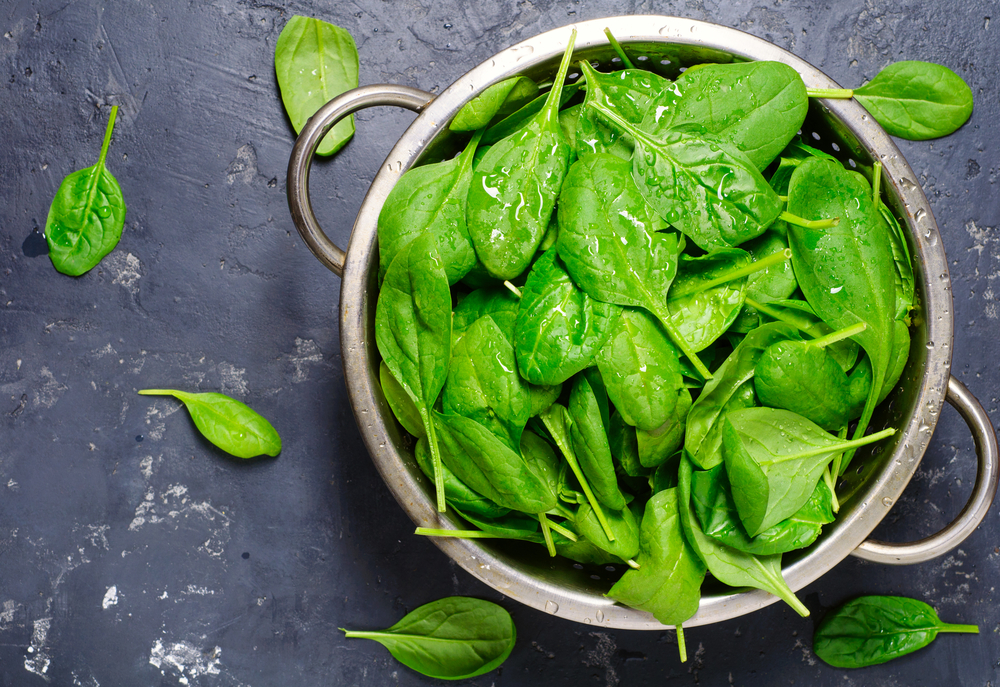
We’re now well into the Spring season and with that comes some highly nutritious foods. If these aren’t on your current food radar, then why not make this the time to enjoy them at their best, when nature intended?
Clinical Nutritionist Suzie Sawyer shares her five top foods for this season, together with ideas on how to eat them.

Jersey Royal Potatoes

If you’ve not eaten Jersey Royals previously, you are seriously missing out on the tastiest potatoes on the planet! Grown lovingly in Jersey for over 140 years, its unique climate and soil has enabled these beauties to steal the show when it comes to potatoes.
As with all potatoes, Jersey Royals are rich in vitamin C, which is great for energy and a healthy immune system. As Vitamin C is easily destroyed during storage and cooking, the fact that Jersey Royals’ farm to fork time is relatively short, is going to retain more vitamin C. They also contain plenty of B vitamins to help with energy production and the breaking down of carbohydrates, also needed to keep our internal engine burning.

How to cook them? There are many recipes that can be enjoyed, but their flavour is so unique that simply boiling Jersey Royals, tossing them in butter and mint and serving with spring lamb, really can’t be beaten. Or why not create a refreshing potato salad.
Spinach

As with all green leafy veg, spinach provides a great array of nutritional goodness. Whilst it was thought spinach was the best source of iron, it’s actually richer in folate. However, just like iron, folate is needed for healthy red blood cells and energy, hence the possible confusion. No matter, folate is equally essential to health.
Spinach is also a rich source of beta carotene, the plant form of vitamin A, needed for the immune system and good eyesight. Spinach contains another carotenoid, lutein, also great for the eyes, especially as we get older.

Spinach is extremely versatile but doesn’t have much natural taste so is great mixed with stronger flavours such as garlic or in a pasta or rice dish with pesto, to bring it alive.
Bananas

Whilst bananas are obviously not grown in the UK, we heavily rely on them for our fruit fix. Windward bananas are in season right now: the Windward islands are located right at the bottom of the Caribbean where banana trees are a popular sight.
Bananas are a great source of vitamin B6, needed for the immune system, and potassium for a healthy heart. They’re also rich in fibre so will help keep the bowels running smoothly.
Why not create some delicious banana chocolate ice-cream simply by whizzing up some frozen banana with cocoa powder for a guilt-free treat? They are also a great on-the-go snack.
Sea Trout

If you’ve only ever eaten farmed trout from the supermarket, you’re missing an absolute treat. Sea trout has a much richer flavour and has a pinker colour down to it containing astaxanthin: this powerful antioxidant is part of the carotenoid family and is naturally produced by the algae eaten by the sea trout.
As with all oily fish, trout is rich in the omega-3 fats, essential for hormone, heart, joint, eye, and brain health. There’s no good reason not to try it this season. Since the flavour is so delicious, the best way of eating sea trout is lightly grilled with a little butter, salt, pepper, and lemon juice.
Watercress

Watercress is another member of the healthy family of cruciferous vegetables. This family really has our back since they can help protect the body from nasty degenerative disease. Additionally, the dark green colour of watercress ensures it’s rich in powerful antioxidants.
From a nutritional perspective, watercress is loaded with vitamin C and beta carotene, which is turned into vitamin A as the body needs it, both of which are protective of immune function.

One of the easiest and most delicious ways with watercress is to create a soup. There are no hard and fast rules on how to make it, but adding some additional flavours such as onions, potatoes, celery, nutmeg, a little milk, and some chicken stock will create a very tasty soup.
Enjoy these five seasonal foods this spring and reap the wonderful health benefits.
FOR MORE GREAT NUTRITION AND LIFESTYLE ADVICE:
Sign up to receive our blog and get a weekly dose of the latest nutrition, health and wellness advice direct to your inbox.
For everything you need to know about vitamins, minerals and herbs visit our sister site Vitamin Expert – your essential guide to nutrition and natural health.
Follow us on Instagram @feelaliveuk for nutrition, lifestyle and well-being tips.
Visit us at www.feelaliveuk.com for the latest offers and exclusive Alive! content.
Follow and Chat with Suzie on Twitter @nutritionsuzie
All images: Shutterstock
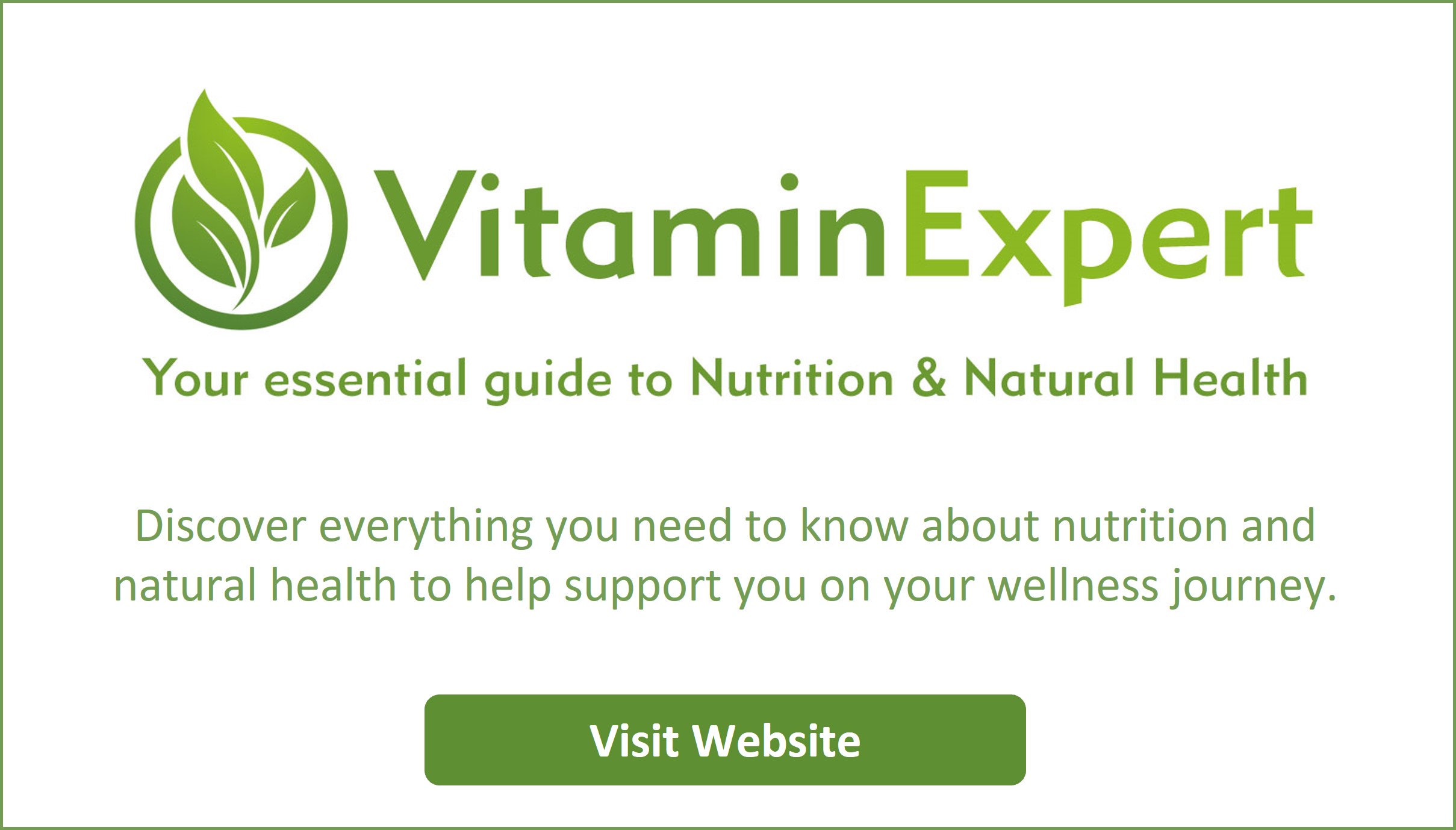


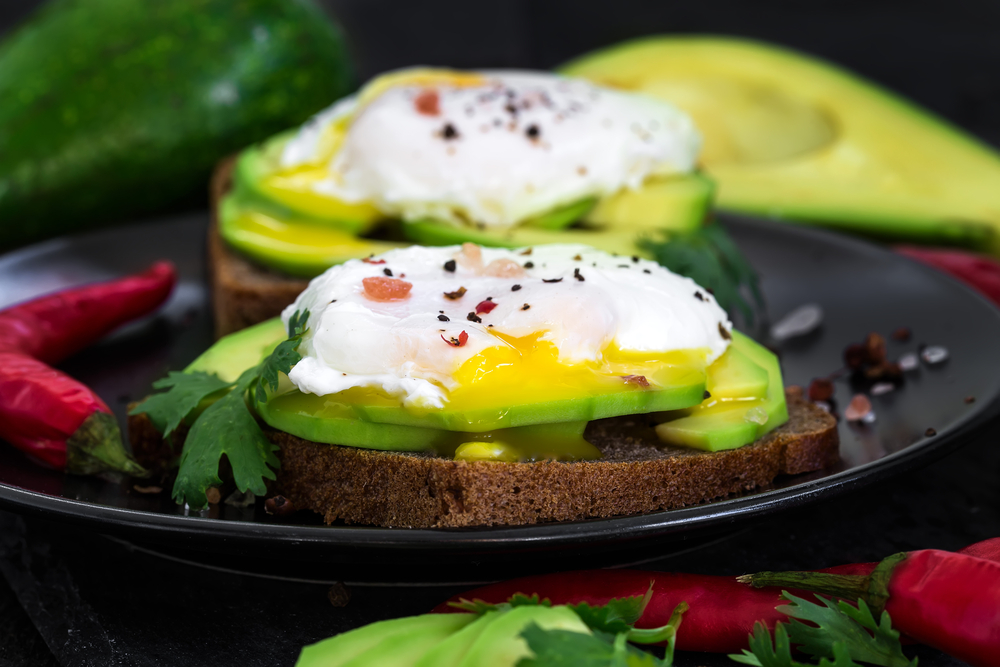
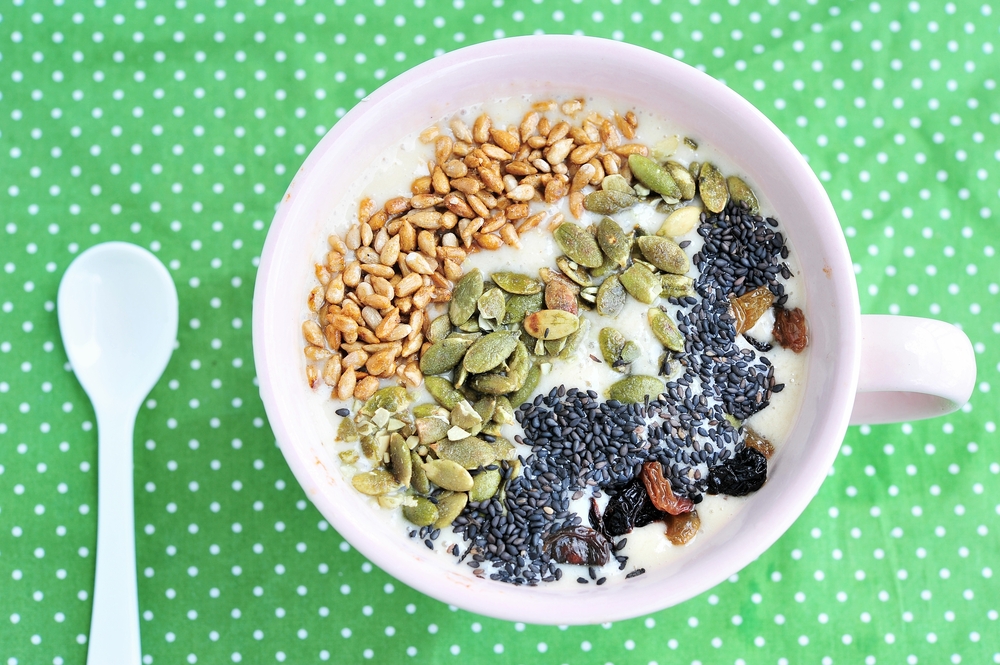


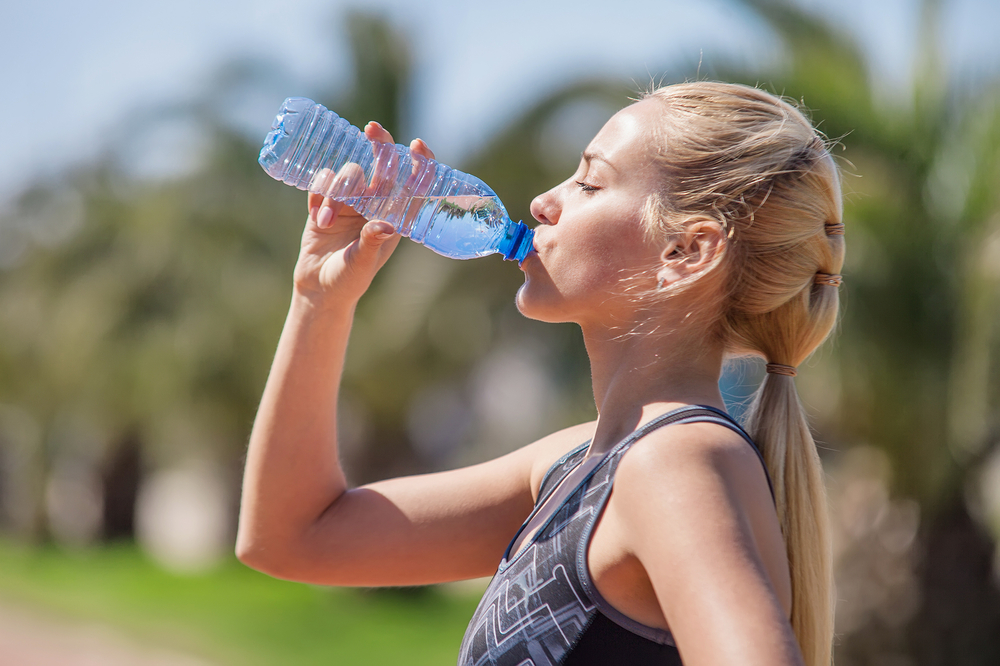

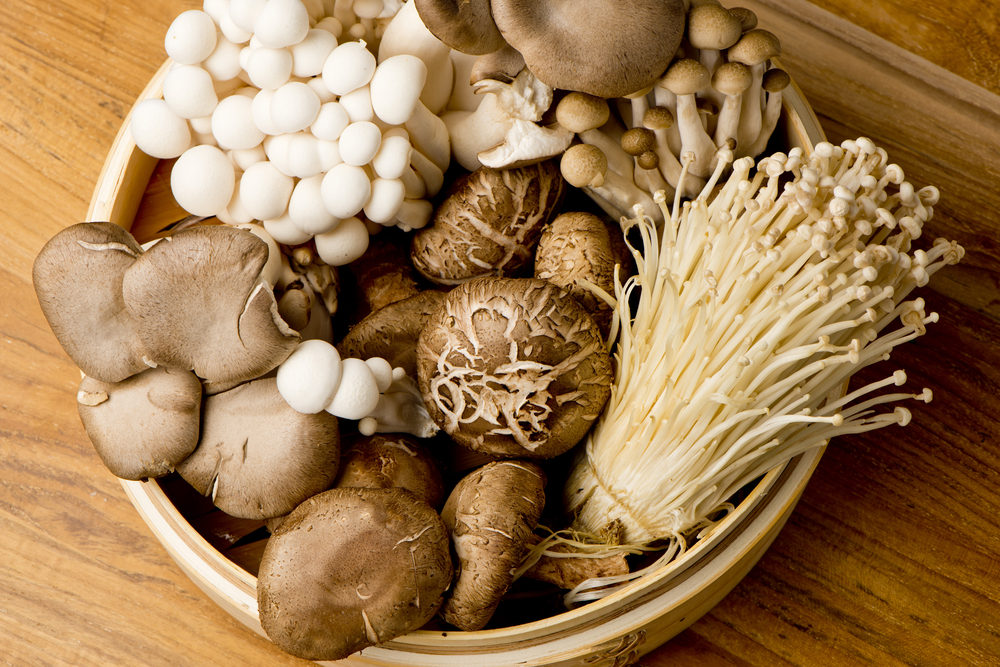



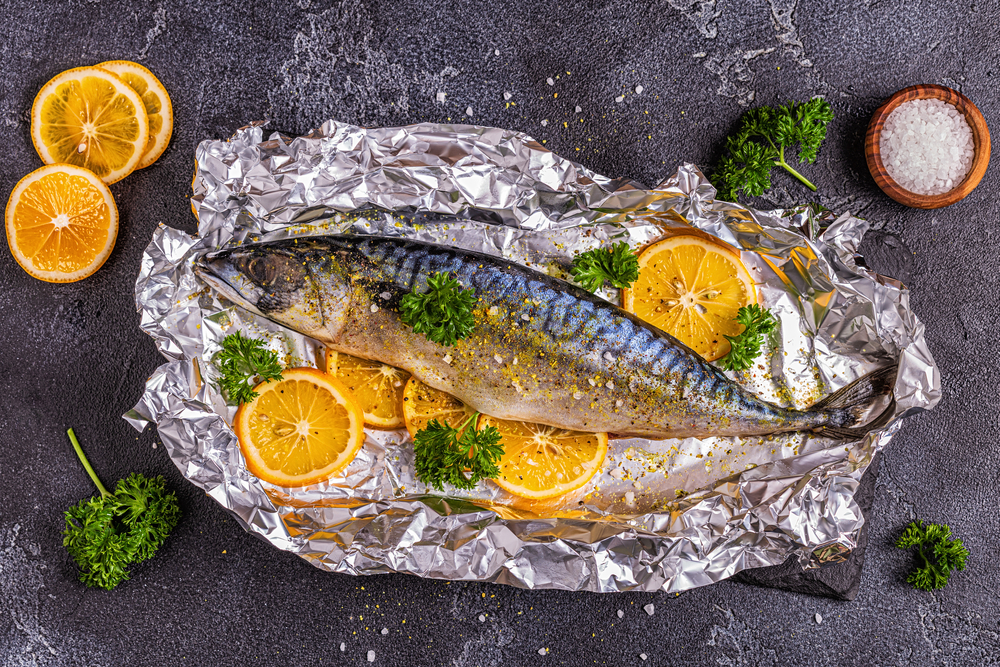

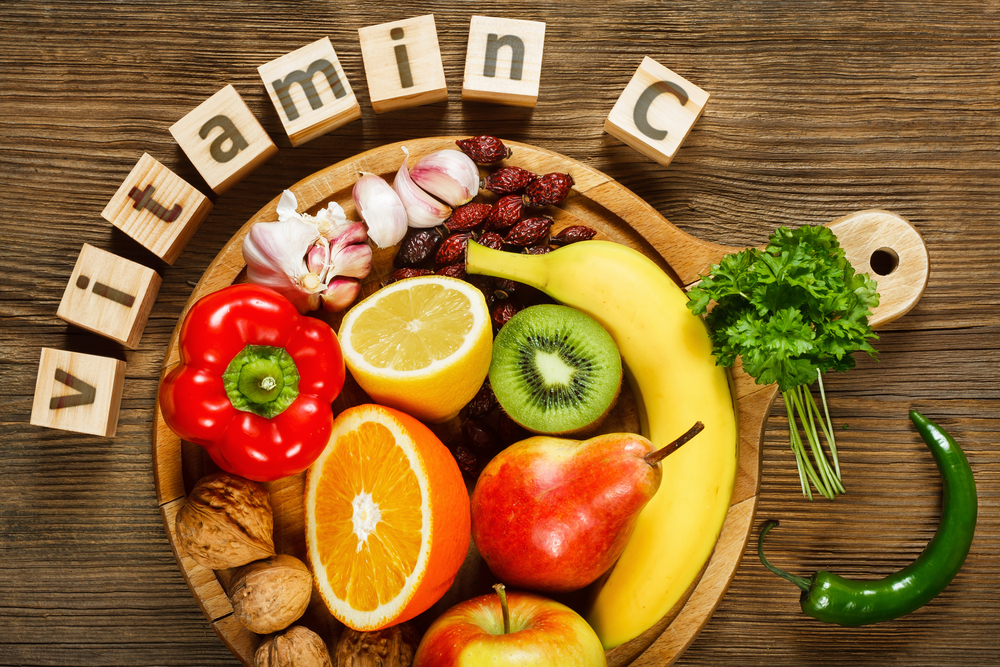
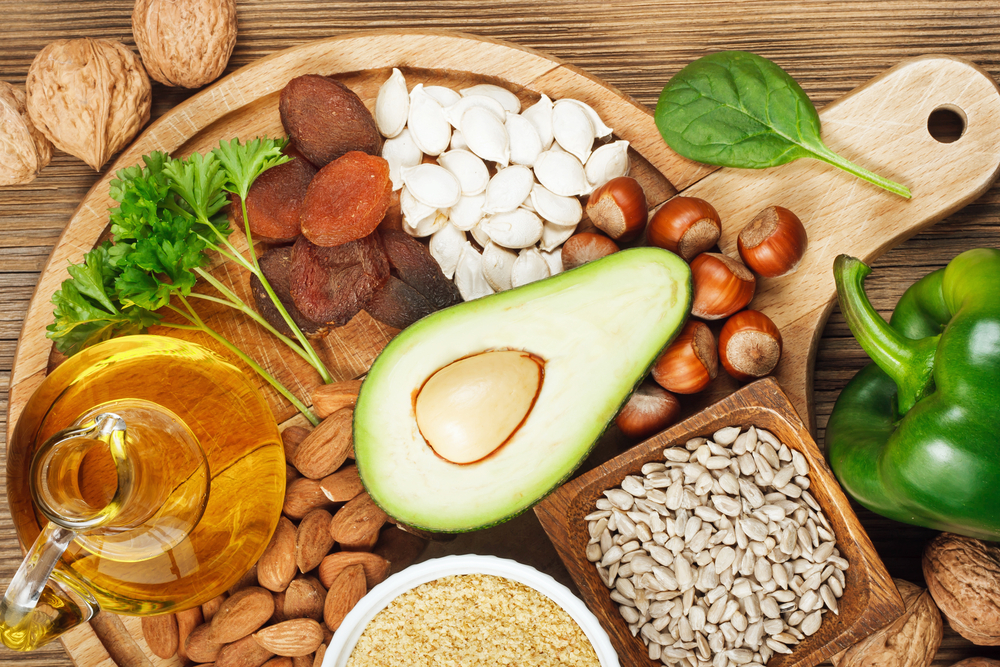
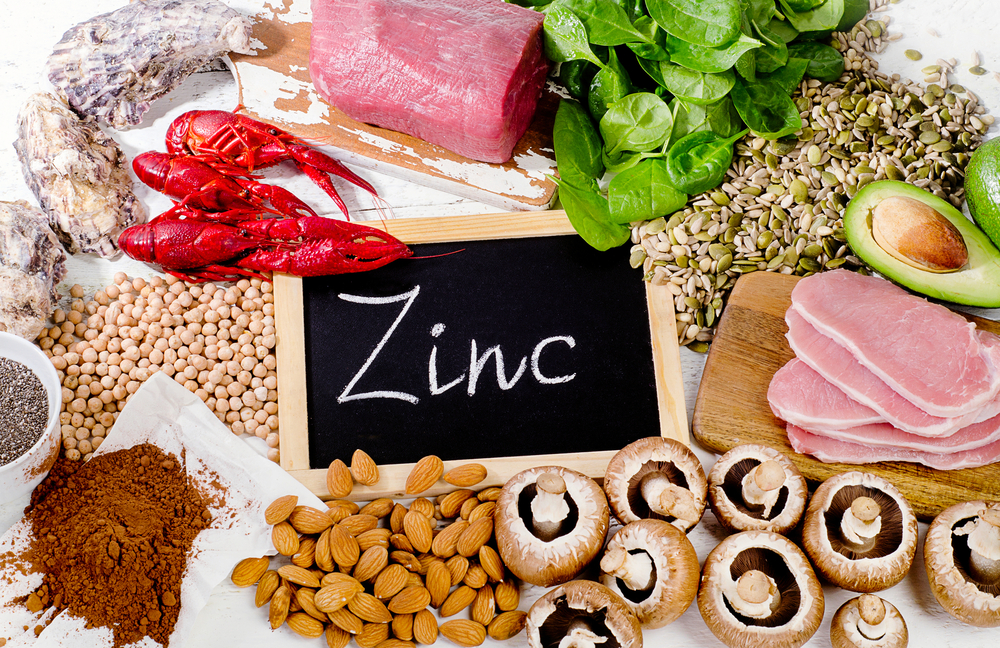
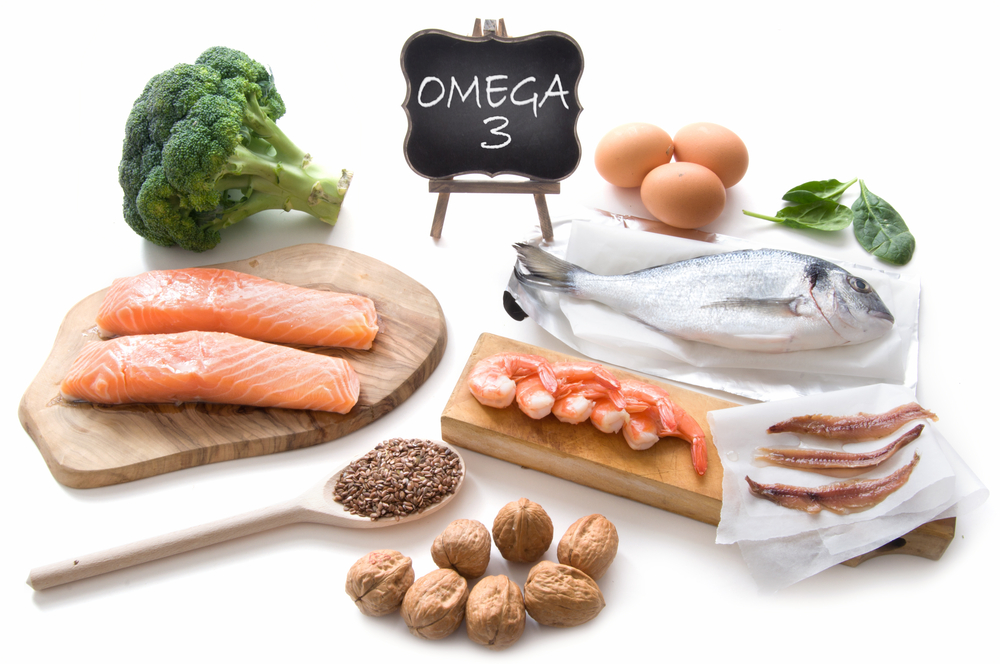
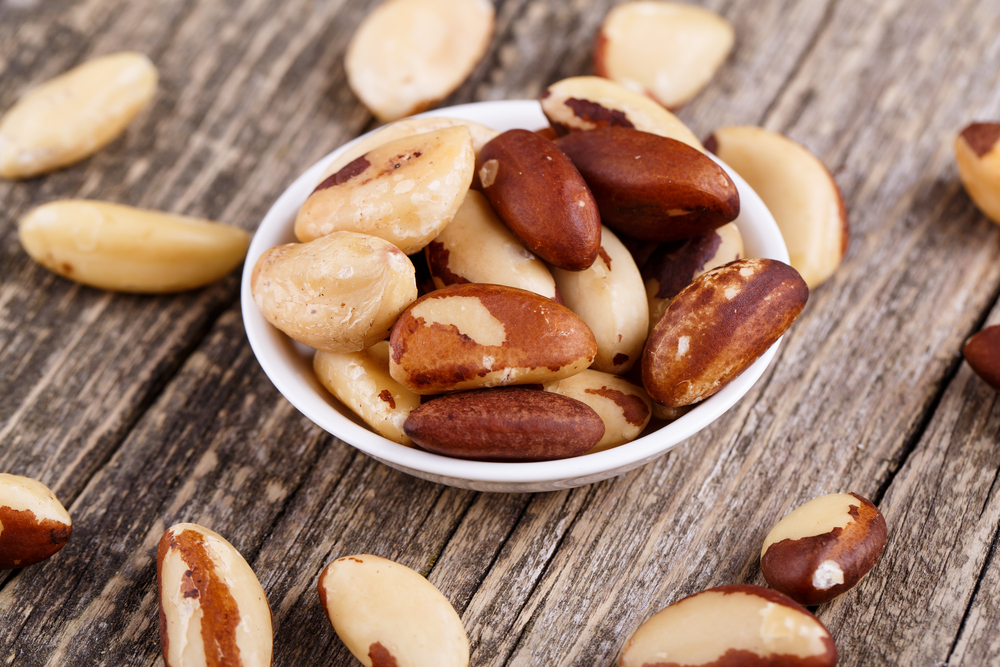











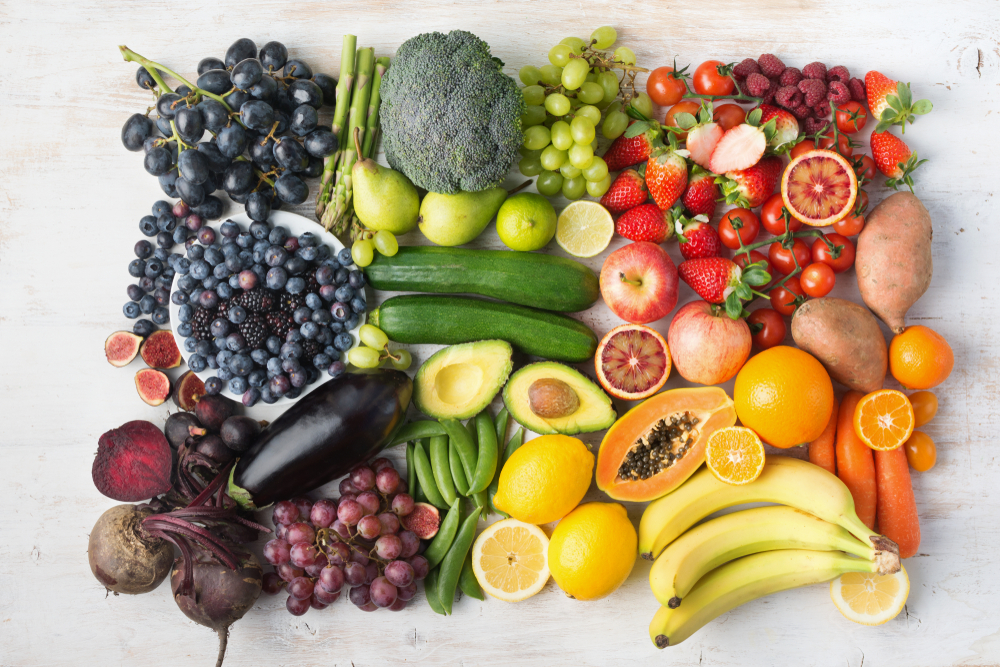












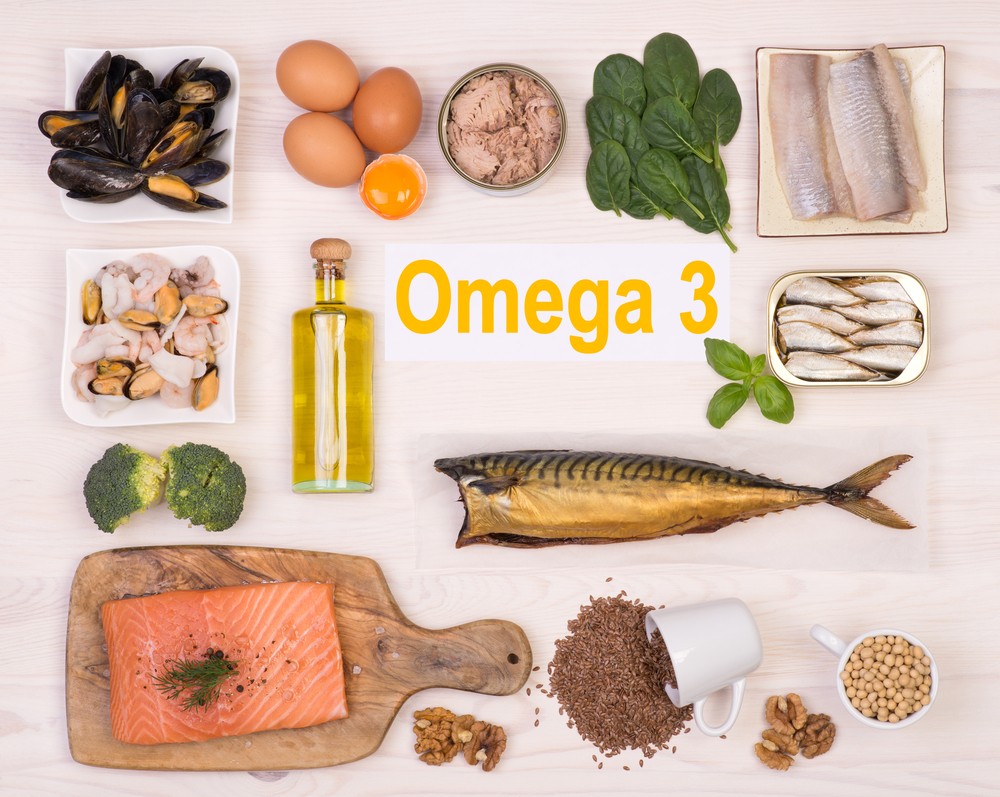




 The closer you can get to nature, the better the nutrient levels of the produce when it comes to our food chain. And with livestock, what they eat and how they live directly affects what we obtain nutritionally. Use the venison as you would any red meat but it’s exceptionally good as a burger with some new potatoes and salad or made into a delicious curry.
The closer you can get to nature, the better the nutrient levels of the produce when it comes to our food chain. And with livestock, what they eat and how they live directly affects what we obtain nutritionally. Use the venison as you would any red meat but it’s exceptionally good as a burger with some new potatoes and salad or made into a delicious curry.
